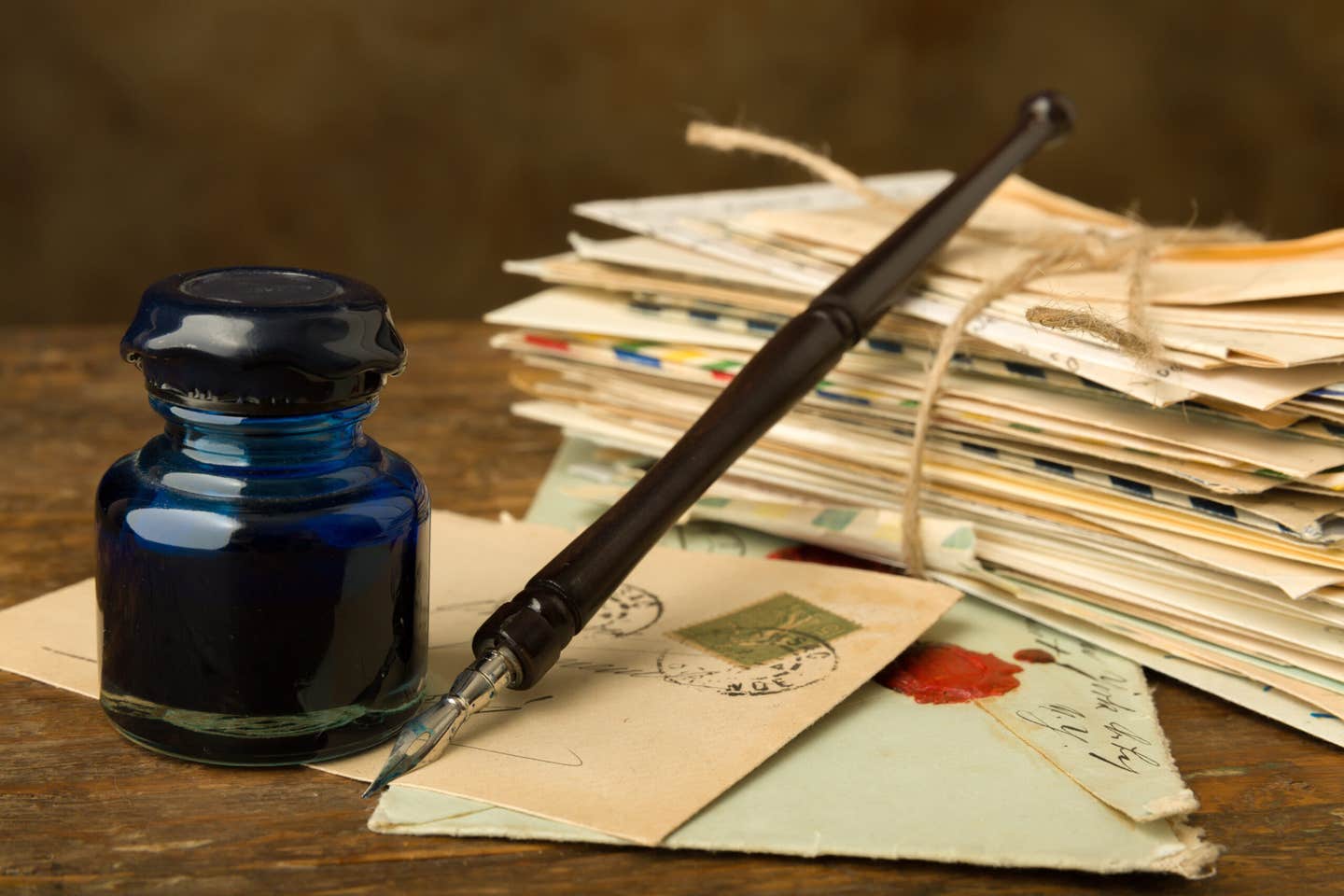Viewpoint: Redefining doctoring and grading
F. Michael Fazzari’s article on coin doctoring in the Nov. 22 Numismatic News was interesting. His definition of coin doctoring is pretty accurate in my opinion. I would suggest one chan
By: Gregory Kipp
F. Michael Fazzari’s article on coin doctoring in the Nov. 22 Numismatic News was interesting. His definition of coin doctoring is pretty accurate in my opinion. It reads “Coin doctoring is the willful application of any substance to, or the removal of any material (except contaminants) from, the original surface of a coin with malicious intent to defraud.” I would suggest one change. The second half of the definition might read “the removal or alteration of any of the original material of a coin.”
This revised definition would make it clear that such common activities as removal of toning by dipping or other means is considered coin doctoring, as would be any alteration of the original material of the coin.
The main problem I see here is that some techniques which in one sense would be considered conservation would in another sense be considered coin doctoring. For instance, a coin that is badly corroded needs to be conserved to prevent further deterioration, but removal of corrosion is also removal of some of the original material and therefore is also coin doctoring. I suspect there is no single definition that can completely clear up this area of overlap. For this reason, it may be necessary to add corollaries to the basic definition. For example, one would describe acceptable conservation methods for toned versus badly corroded coins.
Fazzari also had a letter published that discussed grading both sides of a coin. This is another area where we are in agreement. I am completely frustrated with the so-called “market grading” techniques currently taught in grading courses and refuse to use such methods to grade my collection.
Like what you're reading? Subscribe to our FREE email newsletter![form id="27827"]
Instead I use a very technical grading system that grades both sides of a coin when they are different, and separately spells out any unusual detracting marks or features on the coin. This way I can easily picture the condition of each coin by reviewing only the grade designation. As Fazzari points out in his letter, you can’t do this with market grading techniques. I’ve even invented some of my own grading designations. For instance, I might use the grade of AU-62 or AU-63 to describe a coin with an overall Uncirculated appearance but with very slight cabinet friction on the high points. The great thing about a grade like AU-63 is that the “AU” immediately tells you there is some friction, but the “63” let’s you know the overall appearance of the coin is Mint State and it would command an “MS” price on the open market. A grade like AU-63 combines the best of technical and market grading techniques and is highly informative for the collector. It tells you exactly what the coin is like. Would a grade of AU-58 or MS-63 do the same? I think not.
This Viewpoint was written by Gregory Kipp, a hobbyist from Santa Rosa, Calif. To have your opinion considered for Viewpoint, write to David C. Harper, Editor, Numismatic News, 700 E. State St., Iola, WI 54990 or email david.harper@fwmedia.com.
More Coin Collecting Resources:
• Subscribe to our Coin Price Guide, buy Coin Books & Coin Folders and join the NumisMaster VIP Program









